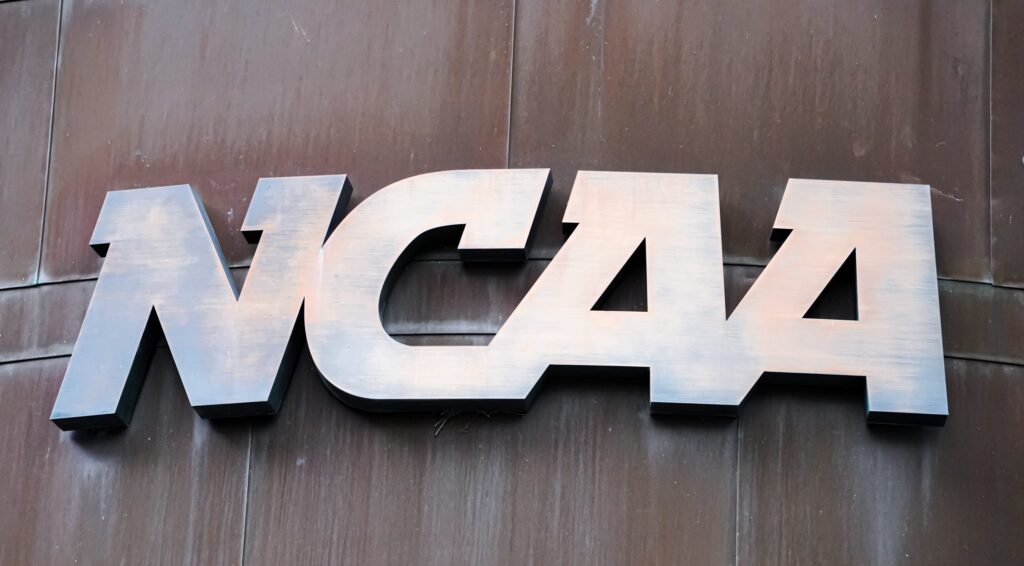The NCAA is readying a dramatic revamp of its transfer portal system beginning in the 2026–2027 college football season. These changes aim to reduce roster chaos, give coaches more stability, and create a more orderly transfer environment.
A Significant Change of the NCAA Transfer Portal
One of the most significant shifts is the elimination of multiple transfer windows. Instead, there will now be a single 15-day window that opens on January 2 and closes on January 16. Under this change, all players — whether underclassmen or graduate transfers — must enter the portal during that period. That’s a major departure from the current rules, which allow for both a winter and spring window, as well as free entry for graduate transfers year-round.
For coaches, this has major implications. Rather than watching rosters shift in both spring and winter, they’ll have a single, well-defined window to sort out incoming and outgoing transfers before spring practice begins. This clarity allows for better roster planning, fewer mid-spring surprises, and less fear that a standout performance in spring games could prompt a late exit. Much better for the game and gives the programs/coaches more knowlegde of what to expect from a roster standpoint.
Takes the “power” away from the players a little more but this wasn’t right that players could have two different times to transfer. Decisions need to be made as the season concludes and this allowed players to be less inclined with competition for starting positions knowing they can just transfer out when they want to.
Another critical change involves how coaching transitions trigger portal access. Under the current rules, the firing or dismissal of a head coach opens a 30-day portal window, allowing players to leave immediately. In the new system, players would be required to wait five days after the hiring or announcement of a new head coach, and would then have a 15-day window to enter the portal.
That adjustment introduces a buffer period — giving programs time to get leadership in place before facing mass roster movement. It also curtails the risk of players leaving en masse the moment a coach is dismissed, which has been a significant point of instability in recent seasons.
Taken together, these changes reflect efforts to restore order to roster turnover and reduce volatility that has plagued the sport. While the 2026 rules won’t apply immediately, they appear designed to help programs navigate the transfer era with more predictability and less fear of midseason chaos.
Main Image: Michelle Pemberton/IndyStar / USA TODAY NETWORK via Imagn Images



